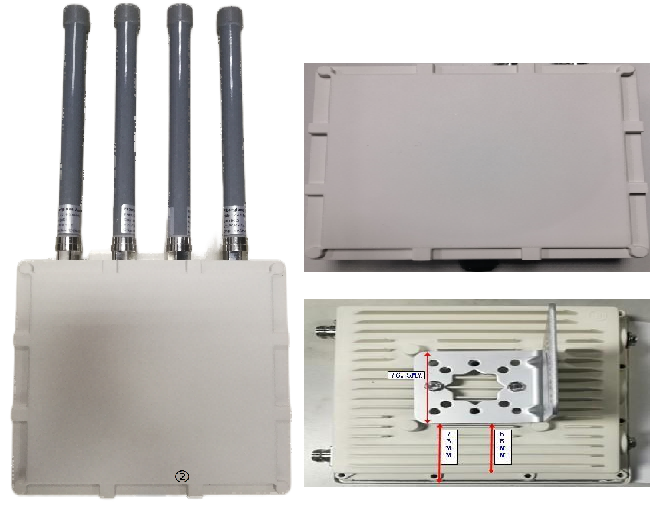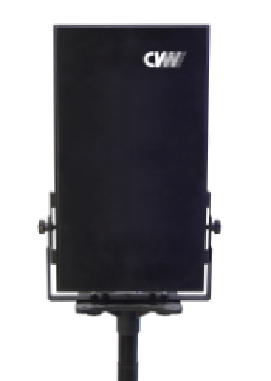It’s nice to choose the right transmitter and reciever. The most important criteria you need to consider is the total range of the video signal.
Distance & Range
Some type of transmitters are almost based around IR technology, which is now commonly referred to as 5G. Weaker transmitters are capable of moving a signal around 150 meters, while stronger transmitters are capable of exceeding 250 meters. Whether or not you need that kind of distance entirely depends on individual circumstances, but greater transmission distance is the one thing that will drive up the price of your kit faster than anything else.
Quality & Expandability
Transmitters and receivers tend to run hot, especially the transmitter. It’s useful to look for designs which are good at dissipating heat, which typically means either ABS plastic or aluminum.
The thermal conductivity of aluminum is slightly better, especially when paired with proper venting holes. It doesn’t hurt that it looks great, either. Though you don’t need to become too concerned with heating unless you’re trying to operate the transmitter/receiver in a high temperature environment on a continuous basis.
Another thing you might look for on the transmitter/receiver are swappable antennas. In most cases, you won’t need to swap the antennas. But it doesn’t hurt to have the option, and in the scenario that one of your antennas becomes damaged or disabled, being able to swap in a new one is much better than having to purchase a totally new transmitter/receiver.
Installation Difficulty
Good wireless transmitters should be as easy to use as plugging in a USB drive. In reality, they’re often somewhat more complicated because you have to think about the precise location you want to position each unit. But beyond that, any good setup won’t require you to have to deal with special driver or software installation.
Extra Cabling
You will have to think about how to run power to the transmitter and receiver. But any good wireless transmitter kit will provide you with at least a couple of options to make that easier.
When you’re trying to get the transmitter and receiver to stay in line of sight, it helps if you can move them around a bit. Sometimes a transmitter/receiver kit will provide extension cables and similar accessories, which can make it a bit easier to form a stable connection.
Kits that don’t provide these kinds of extras aren’t necessarily bad because it’s usually possible to pick up your own extension accessories as needed. But there’s something to be said for having everything included with your kit. Even when it comes to something as superficial as cable ties, a few extra can go a long way towards making everything run smoother.

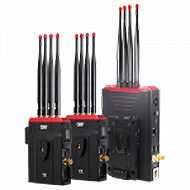 Multi-camera wireless video transmission
Multi-camera wireless video transmission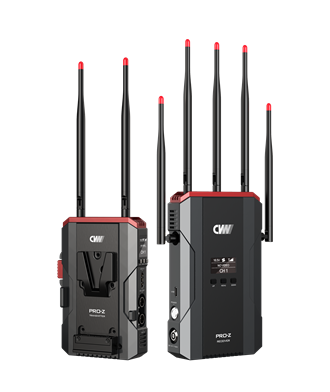 Zero Latency Wireless Video Transmission
Zero Latency Wireless Video Transmission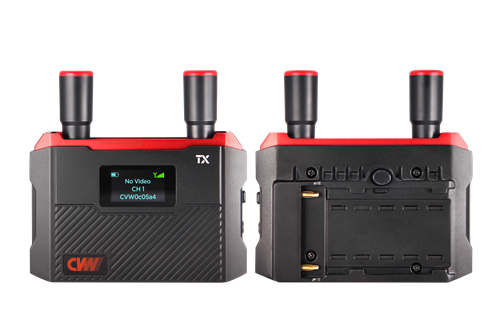
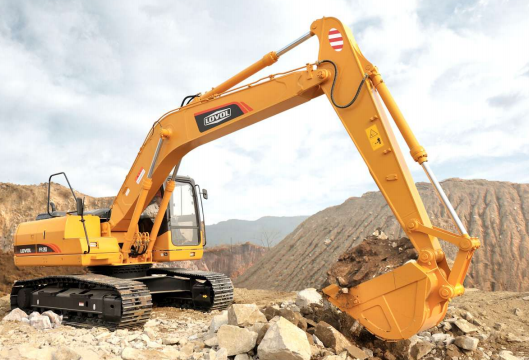 Designed for teleoperating the heavy equipment
Designed for teleoperating the heavy equipment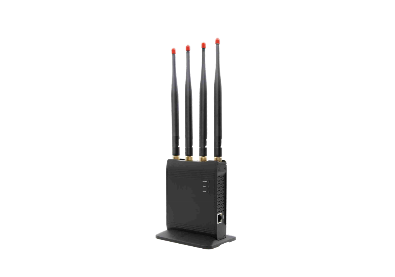 Wireless high-speed data transmission
Wireless high-speed data transmission